- Series: Chapman & Hall/CRC Biostatistics Series
- Hardcover: 460 pages
- Publisher: Chapman and Hall/CRC; 2 edition (December 20, 2016)
- Language: English
- Format: PDF Original
- ==========================+======================
-
Note : We will send ebook download link after confirmation of payment via paypal success
Payment methods: Visa or master card (Paypal)
Bioequivalence and Statistics in Clinical Pharmacology, Second Edition (Chapman & Hall/CRC Biostatistics Series) 2nd
$10
by Scott D. Patterson (Author), Byron Jones (Author)
Bioequivalence and Statistics in Clinical Pharmacology, Second Edition (Chapman & Hall/CRC Biostatistics Series) 2nd
by Scott D. Patterson (Author), Byron Jones (Author)
Maintaining a practical perspective, Bioequivalence and Statistics in Clinical Pharmacology, Second Editionexplores statistics used in day-to-day clinical pharmacology work. The book is a starting point for those involved in such research and covers the methods needed to design, analyze, and interpret bioequivalence trials; explores when, how, and why these studies are performed as part of drug development; and demonstrates the methods using real world examples.
Drawing on knowledge gained directly from working in the pharmaceutical industry, the authors set the stage by describing the general role of statistics. Once the foundation of clinical pharmacology drug development, regulatory applications, and the design and analysis of bioequivalence trials are established, including recent regulatory changes in design and analysis and in particular sample-size adaptation, they move on to related topics in clinical pharmacology involving the use of cross-over designs. These include, but are not limited to, safety studies in Phase I, dose-response trials, drug interaction trials, food-effect and combination trials, QTc and other pharmacodynamic equivalence trials, proof-of-concept trials, dose-proportionality trials, and vaccines trials.
This second edition addresses several recent developments in the field, including new chapters on adaptive bioequivalence studies, scaled average bioequivalence testing, and vaccine trials.
Purposefully designed to be instantly applicable, Bioequivalence and Statistics in Clinical Pharmacology, Second Edition provides examples of SAS and R code so that the analyses described can be immediately implemented. The authors have made extensive use of the proc mixed procedures available in SAS.
Product details |
Related Products
Pharmacology Books
Pharmacology Books
Pharmacology Books
Clinical Psychopharmacology: Principles and Practice (Original PDF from Publisher)
Pharmacology Books
Pharmacology Books
Secrets From A Herbalist’s Garden: A Magical Year of Plant Remedies (EPUB)
Pharmacology Books
Drug Design using Machine Learning (Original PDF from Publisher)
Pharmacology Books
Pharmacology Books
Applied Pharmaceutics in Contemporary Compounding, 4e (Original PDF from Publisher)
Pharmacology Books
Pharm Phlash!: Pharmacology Flash Cards, 3rd Edition (Original PDF from Publisher)
Pharmacology Books
Pharmacy Calculations, 6th Edition (Original PDF from Publisher)
Pharmacology Books
Student Workbook for Pharmacology Made Simple (Original PDF from Publisher)
Pharmacology Books
Core Concepts in Pharmacology, 5th Edition (Original PDF from Publisher)
Pharmacology Books
2022 Nurse’s Drug Handbook, 21th Edition (Original PDF from Publisher)
Pharmacology Books
Pharmacology for Paramedics, 2nd Edition (Original PDF from Publisher)
Pharmacology Books
Flaxseed: Evidence-based Cardiovascular and other Medicinal Benefits (EPUB)
Pharmacology Books
Drugs and the FDA: Safety, Efficacy, and the Public’s Trust (EPUB)
Pharmacology Books
Discoveries in Pharmacology – Volume 1 – Nervous system and hormones 2022 Original PDF
Pharmacology Books
Textbook of Pharmacology – Prasan Bhandari 2022 Original PDF
Pharmacology Books
Pharmacology Books
Pharmacology of Drug Stereoisomers (Progress in Drug Research, 76) 2022 Original PDF
Pharmacology Books
Pharmacology Books
Current Drug Synthesis (Wiley Series on Drug Synthesis) 1st Edition 2022 Original pdf
Pharmacology Books
Pharmacology Books
Phytoantioxidants and Nanotherapeutics 2022 epub+converted pdf
Pharmacology Books
Drugs, Behavior, and Modern Society, 9th Edition 2022 Original PDF
Pharmacology Books
Pharmacology Books
Pharmacology Books
Pharmacology Books
Innovations in Fermentation and Phytopharmaceutical Technologies 2022 Original PDF
Pharmacology Books
Pharmacology Books
Drugs in American Society , 11th Edition 2022 Epub+converted pdf
Pharmacology Books
The Pharmacy Technician Workbook & Certification Review, 7th Edition 2020 Original PDF
Pharmacology Books
Pharmacology Books
Nanocosmeceuticals: Innovation, Application, and Safety 2022 Original PDF
Pharmacology Books
Edmunds’ Pharmacology for the Primary Care Provider, 5th Edition 2022 Original PDF
Pharmacology Books
Drug Delivery Systems for Metabolic Disorders 2022 Original PDF
Pharmacology Books
Drugs in American Society, 10th Edition 2019 epub+converted pdf
Pharmacology Books
Pharmacology Books
Materia Medica of New and Old Homeopathic Medicines, 3rd Edition 2022 Original PDF
Pharmacology Books
Lippincott Illustrated Reviews: Pharmacology, Eighth Edition 2022 epub+converted pdf
Pharmacology Books
Pharmacology and the Nursing Process,10th Edition 2022 Original PDF
Pharmacology Books
Study Guide for Pharmacology and the Nursing Process,10th Edition 2022 Original PDF
Pharmacology Books

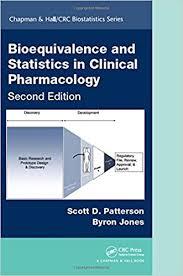

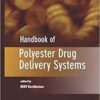


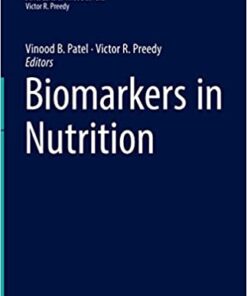
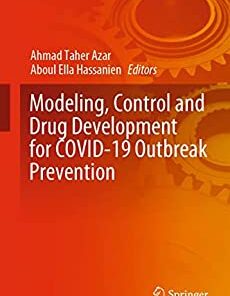




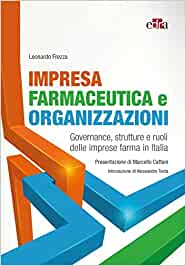


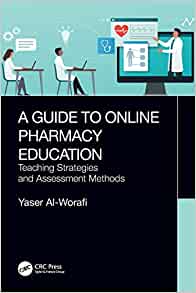






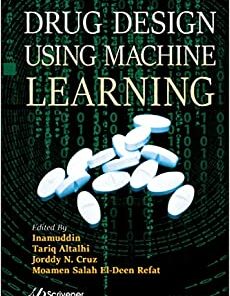
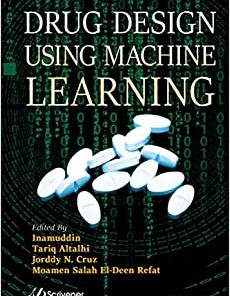
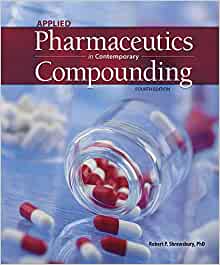

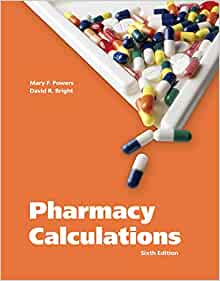


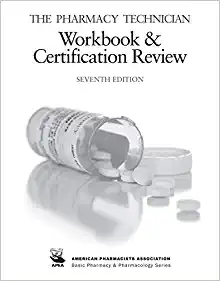




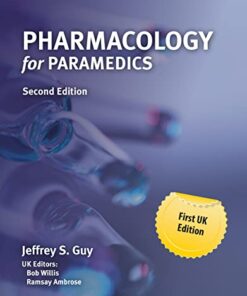

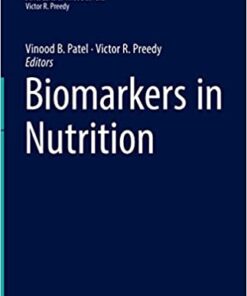
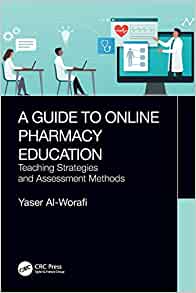


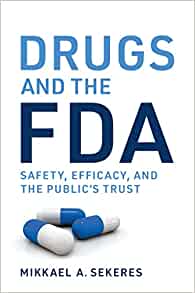
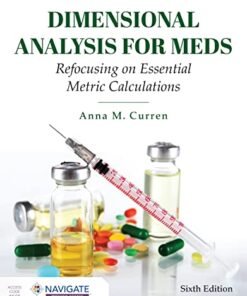


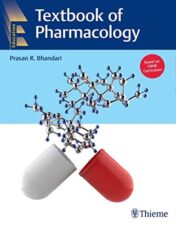





















![Pharmacology: Connections to Nursing Practice [RENTAL EDITION], 5th Edition 2021 Original PDF](https://surgerybooks.net/wp-content/uploads/2022/09/9780137659166-1-176x225-1.jpg)




































